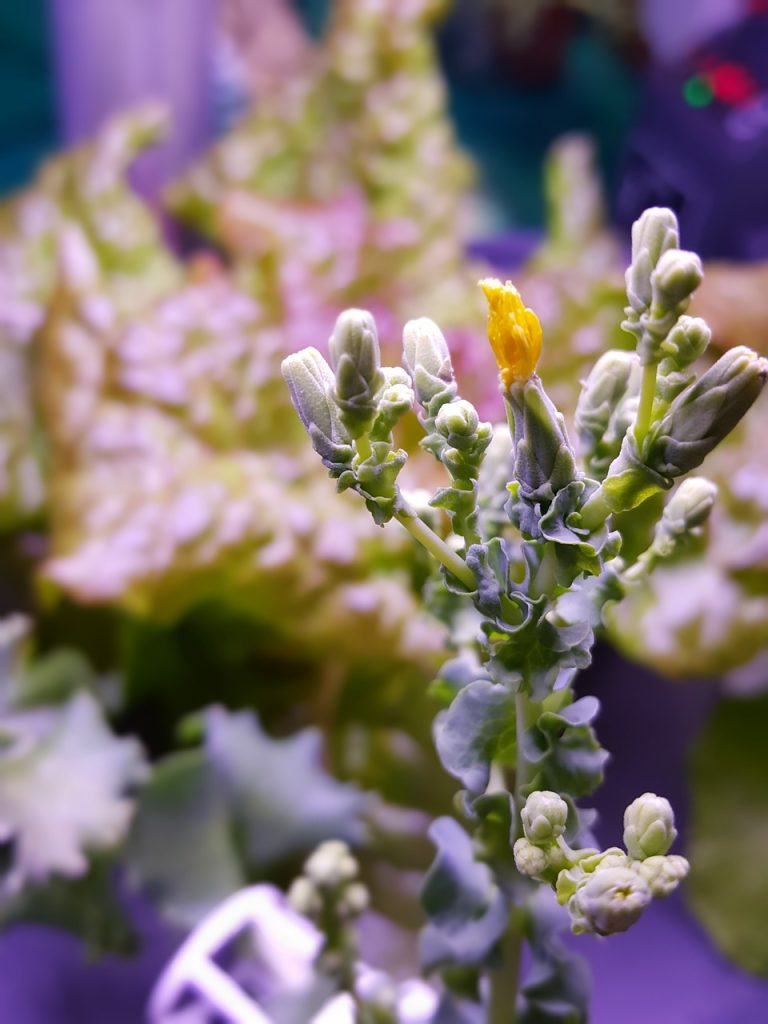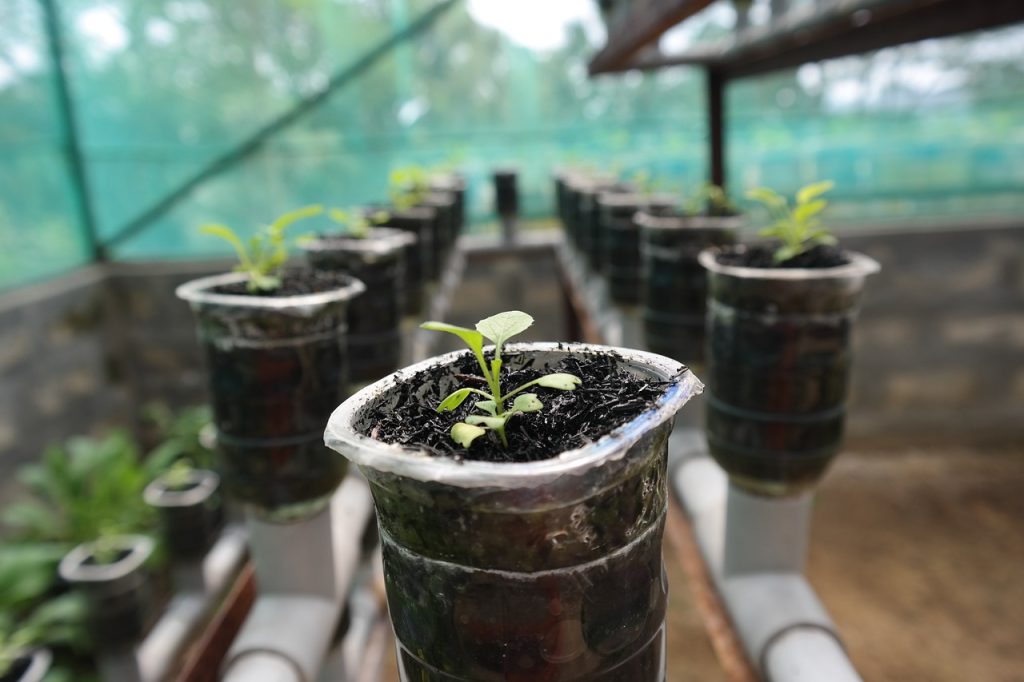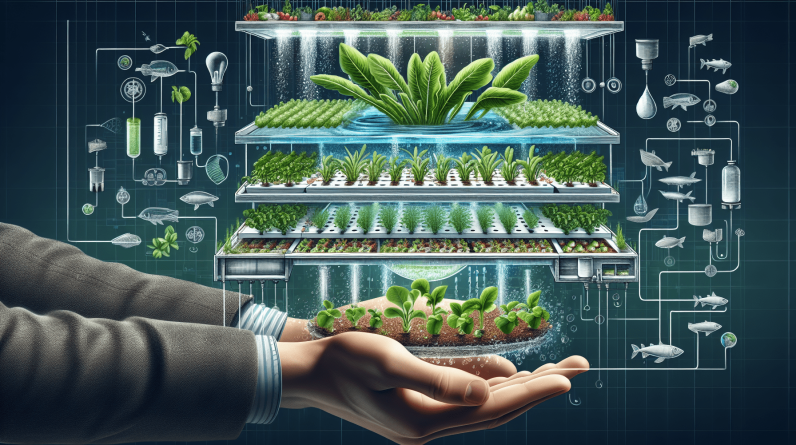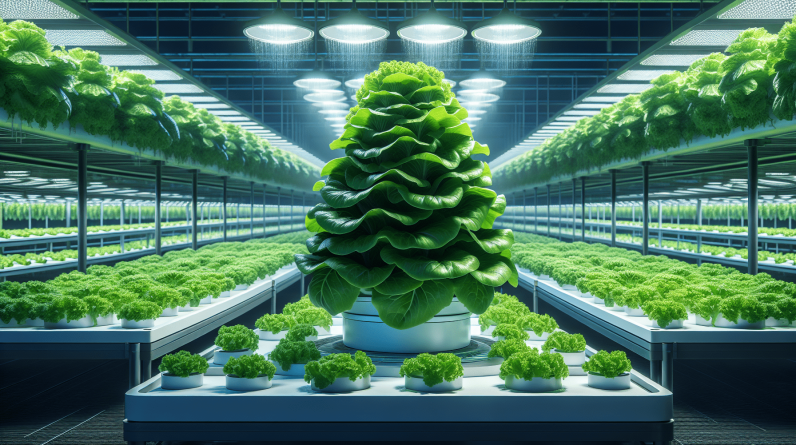
Understanding Hydroponic Systems
Hydroponic growing systems have gained popularity in recent years for their ability to produce high yields of quality crops in a more efficient and sustainable manner than traditional soil gardening. If you are new to hydroponics or considering starting your own system, this guide will provide you with all the essential information you need to know about hydroponic systems.

What is Hydroponics?
Hydroponics is a method of growing plants without the use of soil. Instead, plants are grown in a nutrient-rich water solution that provides all the essential elements needed for healthy plant growth. This system uses various techniques to deliver these nutrients directly to the plant roots, promoting faster growth and higher yields.
Hydroponic systems come in different types, each offering unique advantages and suitable for various plant types and growing environments. From deep water culture to nutrient film technique, aeroponics, and more, there are several options to choose from depending on your specific needs and preferences.
Benefits of Hydroponic Systems
One of the key benefits of hydroponic systems is their efficiency in water usage. Traditional soil gardening can be wasteful, with water lost through leaching, evaporation, and runoff. In contrast, hydroponic systems use a recirculating system that allows for water and nutrient conservation, reducing water usage by up to 90%.
Another advantage of hydroponic systems is the controlled environment they provide for plants to grow. By eliminating soil-borne diseases and pests, hydroponics allows for healthier plants with fewer chemical inputs. This results in higher yields of fresh, nutritious crops that are free from harmful chemicals.

Types of Hydroponic Systems
There are several types of hydroponic systems available, each with its unique features and suitability for different plants and growing conditions. Some of the most common types include:
- Deep Water Culture (DWC): In this system, plants are suspended in a nutrient solution that provides oxygen and nutrients directly to the roots. It is ideal for growing leafy greens and herbs.
- Nutrient Film Technique (NFT): This system utilizes a shallow stream of nutrient solution that flows over the plant roots, providing a constant supply of water and nutrients.
- Aeroponics: In aeroponic systems, plants are suspended in the air with their roots exposed to a fine mist of nutrient solution. This method promotes rapid plant growth and is ideal for root vegetables.
By understanding the different types of hydroponic systems available, you can choose the one that best suits your needs and preferences.

Setting Up a Hydroponic System
Setting up a hydroponic system may seem daunting at first, but with the right guidance and resources, it can be a rewarding and fulfilling experience. Here are some essential steps to help you get started:
- Choose a Location: Select a suitable space for your hydroponic system, ensuring it receives an adequate amount of light and is easily accessible for maintenance.
- Select a System Type: Decide on the type of hydroponic system that best fits your needs and the plants you want to grow. Consider factors such as space, budget, and level of expertise.
- Gather Supplies: Purchase all the necessary supplies, such as nutrient solutions, growing medium, containers, lighting, and pH testing kits.
- Set Up the System: Follow the instructions provided with your chosen system to assemble and set it up properly. Make sure to calibrate the pH and nutrient levels to ensure optimal plant growth.
- Planting: Once the system is set up, plant your desired crops, taking care to space them appropriately and provide adequate support for climbing plants.
By following these steps and staying attentive to your plants’ needs, you can create a successful hydroponic system that yields fresh, healthy crops year-round.

Maintaining Your Hydroponic System
Maintaining a hydroponic system requires regular attention and care to ensure optimal plant health and growth. Here are some essential maintenance tasks to keep your system running smoothly:
- Monitoring Nutrient Levels: Check the nutrient levels in your solution regularly and adjust as needed to prevent nutrient deficiencies or imbalances.
- Checking pH Levels: Monitor the pH levels of your nutrient solution to ensure it falls within the optimal range for plant growth (typically 5.5 – 6.5 for most crops).
- Cleaning and Sanitizing: Regularly clean and sanitize your system components to prevent the buildup of algae, bacteria, and other contaminants that can harm plant health.
- Inspecting Plants: Examine your plants for any signs of pests or diseases, and take prompt action to address any issues and prevent their spread.
- Pruning and Harvesting: Regularly prune your plants to promote healthy growth and harvest ripe fruits and vegetables to encourage continuous production.
By following these maintenance tasks and staying proactive in caring for your hydroponic system, you can enjoy a bountiful harvest of fresh, nutritious crops throughout the year.

Hydroponic Farming Costs
While hydroponic systems offer numerous benefits, it is essential to consider the costs associated with setting up and maintaining such a system. Here are some factors to keep in mind when budgeting for a hydroponic farming venture:
- Initial Setup Costs: The initial investment in a hydroponic system can vary depending on the type and size of the system you choose. Factors such as lighting, nutrient solutions, growing medium, and automation systems can all impact the overall cost.
- Operational Costs: In addition to the initial setup costs, hydroponic systems require ongoing expenses for electricity, water, nutrients, and maintenance. Calculating these costs ahead of time can help you budget effectively for the long-term operation of your system.
- ROI and Profit Potential: Consider the potential return on investment (ROI) and profit margins associated with hydroponic farming. While the initial costs may be significant, the higher yields and quality of crops produced by hydroponic systems can lead to a more profitable venture in the long run.
By carefully assessing the costs and potential returns of a hydroponic farming venture, you can make informed decisions about whether this innovative growing method is right for you.
Conclusion
In conclusion, hydroponic systems offer a sustainable and efficient approach to growing fresh, nutritious crops in a controlled environment. By understanding the different types of hydroponic systems, setting up and maintaining your system effectively, and considering the associated costs, you can create a successful hydroponic farming venture that yields high-quality crops year-round. Whether you are a beginner or experienced gardener, hydroponic growing systems provide an exciting opportunity to explore new ways of cultivating plants and enjoying the rewards of your labor.










